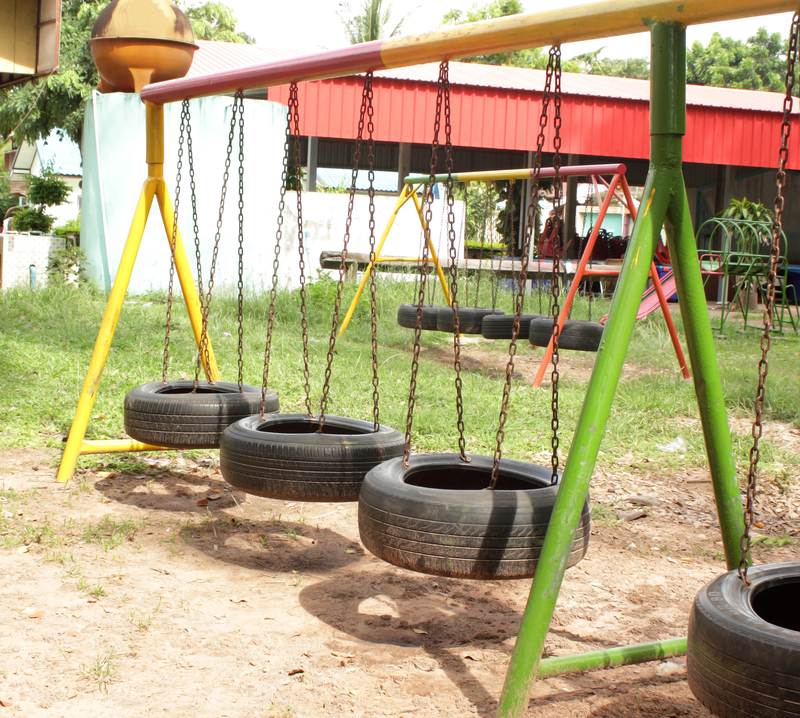Dynamic Methods for Addressing Manufacturing Waste
As the world continues to grapple with environmental challenges, the manufacturing sector is under tremendous pressure to adopt more sustainable practices. Efficient management and reduction of manufacturing waste not only diminishes environmental impact but also enhances profitability and operational efficiency. This article delves into dynamic strategies and approaches to confront and address manufacturing waste effectively.
Understanding Manufacturing Waste
Manufacturing waste is the byproduct of production processes which may include materials, chemical substances, or even products that do not meet quality standards. It is crucial to understand various categories of waste in order to implement effective reduction strategies. Broadly, manufacturing waste can be classified into:
- Material Waste: Occurs when raw materials are not optimally used.
- Defective Products: Results from errors in the production process.
- Overproduction: Producing more than the demand leads to wasted resources.
- Excess Inventory: Storing more products than necessary, leading to spoilage or obsolescence.
- Energy Waste: Inefficient energy use throughout production.
Role of Lean Manufacturing Techniques
One of the most efficient ways to combat manufacturing waste is through lean manufacturing principles that aim at maximizing productivity by reducing waste. The core concepts of lean manufacturing include:
1. Just-In-Time (JIT) Production
JIT production ensures materials and products are only ordered and produced as necessary. This minimizes excess inventory and reduces waste due to obsolescence or loss.
2. Value Stream Mapping
Value Stream Mapping is a tool used to visualize and analyze the flow of materials and information. By identifying stages that do not add value, companies can streamline their processes and reduce waste.

Innovative Technologies in Waste Reduction
Technological advancements present myriad opportunities for reducing waste in manufacturing. Here are some key technologies transforming waste management:
1. Internet of Things (IoT)
The Internet of Things can optimize manufacturing processes by providing real-time data and insights. Sensors and connected devices help in monitoring resource usage and detecting anomalies early, significantly reducing waste and enhancing equipment efficiency.
2. Artificial Intelligence (AI) and Machine Learning
AI and machine learning algorithms can predict potential equipment failures and optimize maintenance schedules to prevent defects and minimize production downtimes. Predictive analytics can also forecast demand more accurately, reducing overproduction and excess inventory.
Sustainable Material Practices
Using sustainable materials is a critical strategy for waste reduction in manufacturing. Companies should focus on:
1. Recycling and Reuse
Implementing recycling programs within the manufacturing process can greatly reduce material waste. Reusing scrap material and components is also essential for decreasing overall waste generation.
2. Biodegradable and Renewable Materials
Switching to biodegradable or renewable materials can drastically reduce waste. These materials break down more easily and have less environmental impact compared to traditional materials.

Employee Engagement and Training
In order to effectively address manufacturing waste, it's crucial to involve employees at all levels. Training and engaging employees can lead to a culture of continuous improvement. Consider the following strategies:
- Regular Training Sessions: Educating employees about waste reduction strategies and environmental impact.
- Employee Feedback: Encouraging employees to suggest improvements in processes and waste management practices.
The Role of Environmental Regulations
Governments around the world are tightening regulations to curb industrial waste. Companies need to stay informed and comply with these regulations to avoid fines and enhance their brand image.
Conclusion: A Commitment to Sustainability
Addressing waste in manufacturing is a dynamic and ongoing process. By adopting lean methods, leveraging advanced technologies, and fostering an environmentally-conscious culture, manufacturers can significantly reduce their environmental footprint while improving operational efficiency. This commitment to sustainability not only benefits the planet but also ensures a competitive edge in the industry.
In conclusion, by understanding the various types of manufacturing waste and implementing a broad range of innovative solutions, companies can navigate the path to sustainable manufacturing more effectively and responsibly.